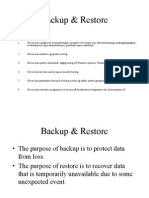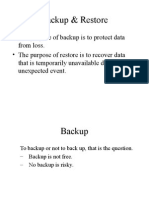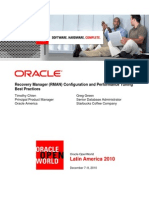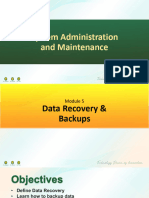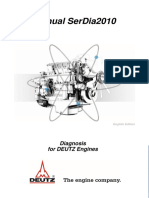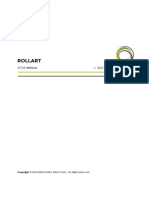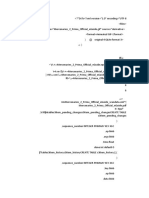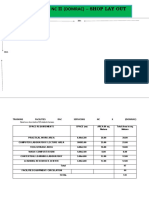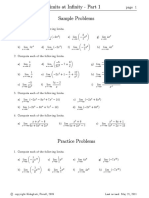0% found this document useful (0 votes)
29 views40 pagesSesi 13 - Data Preservation
Uploaded by
irsa rayesCopyright
© © All Rights Reserved
We take content rights seriously. If you suspect this is your content, claim it here.
Available Formats
Download as PPSX, PDF, TXT or read online on Scribd
0% found this document useful (0 votes)
29 views40 pagesSesi 13 - Data Preservation
Uploaded by
irsa rayesCopyright
© © All Rights Reserved
We take content rights seriously. If you suspect this is your content, claim it here.
Available Formats
Download as PPSX, PDF, TXT or read online on Scribd
/ 40
